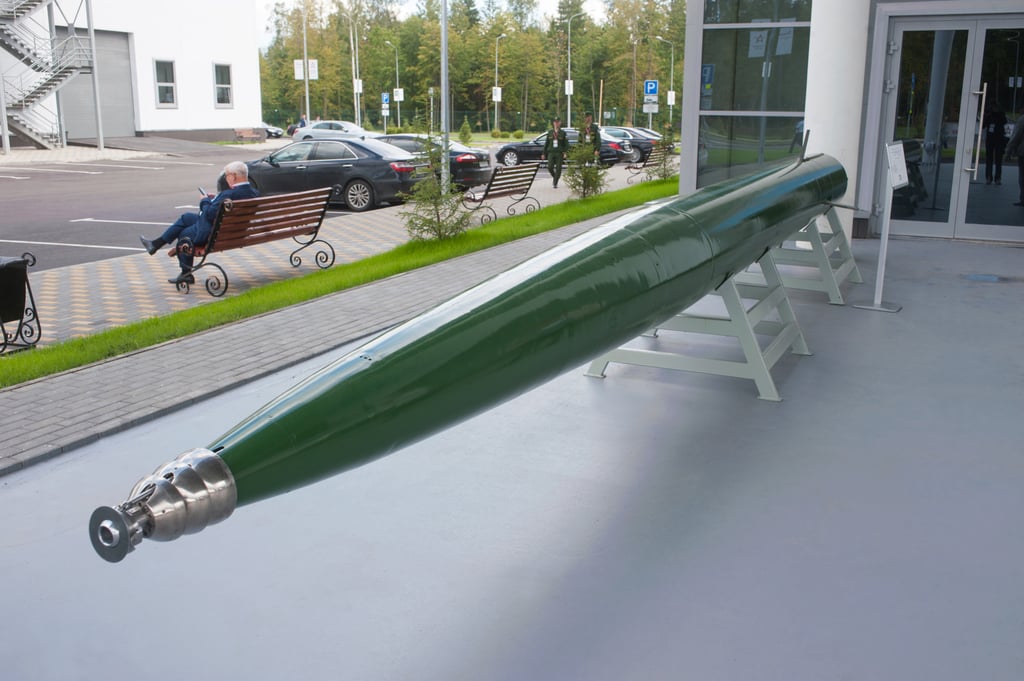In the recent Chinese blockbuster Operation Leviathan, an American nuclear submarine uses hi-tech acoustic holograms to bamboozle Chinese torpedoes and their human operators.
Months after the film hit cinema screens, military researchers in China revealed they were working on an artificial intelligence system designed to cut through exactly this type of underwater deception.
In a peer-reviewed paper published in Chinese-language journal Command Control & Simulation in April, the team from the PLA Navy Armament Department and China State Shipbuilding Corporation said their system had unprecedented accuracy for torpedoes travelling at high speeds.
Tested against data from classified high-speed torpedo ranges, the technology achieved an average 92.2 per cent success rate in distinguishing real submarines from decoys even during tense exchanges, according to the paper.
That is a leap from the legacy systems that often miss the target.

Future submarine warfare hinges on deceiving torpedoes using illusions. Hi-tech decoys – as dramatised in Operation Leviathan – are used to replicate a vessel’s acoustic signature, generate a false bubble trail to make it look like it is making an emergency turn, or deploy in coordinated swarms to project ghost targets across sonar screens.


